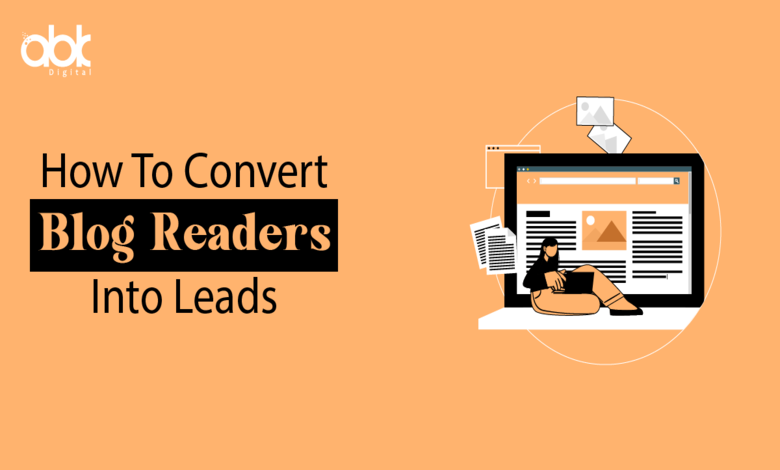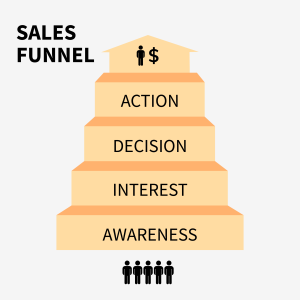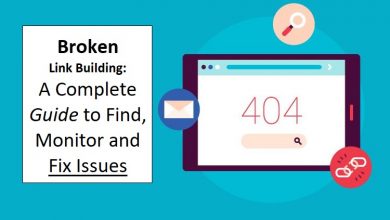Unique Ways to Convert Your Blog Readers into Leads

Introduction
You understand the importance of having a blog to help your audience find you online via search and social media. But what are you doing with the traffic generated by your blog? Gaining leads?
Reaching the target audience and driving traffic to the website isn’t enough. Because apart from the importance of a blog in brand building, its target is generating leads.
The goal of a blog is to provide value to the audience while laying the path for sale. And blogging practices will only be profitable if blog traffic results in conversions; otherwise, they will be ineffective.
So, do you know how to convert blog visitors into customers? Here we will learn some of the best ways of generating leads in order to create a connection with prospects and eventually convert them into new customers.
Why does Blog lead generation matter?
Business owners that create blogs to drive traffic have a 13 times greater chance of producing profitable returns on investments (ROI). (Source: Hubspot)
Getting blog traffic is only the first level of the conversion funnel. Ideally, you want to convert blog visitors into prospects, and prospects into customers.
Your blog will deliver organic, targeted leads when you use it for generating leads. Your blog also gives value to your viewers and helps in getting new leads through CTA. It benefits you in the following ways:
-
- In boosting the awareness of your company
- To engage with your target audience
- To familiarize potential clients with your brand
- To help to develop loyal clients
- To boost your revenue
- To make excellent leads
5 Ways to Convert Blog Readers into Leads
To know the importance of blog marketing in brand building and generating leads for your business, let us dive straight into the ways to know your customers better and convert the leads from your blog.
Know your Ideal customers
You create content and accordingly assign the (Call to Action) CTAs to it. But is that done by targeting an ideal customer base? You need to deeply understand who your ideal customer is, their goals, and the challenges they face.
To generate such leads, there is a need for intense market research, understanding the most commonly asked questions, and making content your audience finds beneficial.
Communicate the way your audience wants to be approached. Learn about their sociodemographic profile, preferences, desires, and goals. What do they want to achieve in life or at work? What is their background? What language do they use?
Your buyer persona becomes vital at this point. You can gain a deeper insight into your target market thanks to your buyer persona. Your personas give an overview of your customers’ characteristics and the current stage of the customer journey.
Create content that addresses reader’s queries
The finest blogs are the ones that solve the readers’ queries. For example, you might target visitors who want to – boost income, improve customer service, or purchase the software.
When you’re ready with the way to communicate to the buyer persona, your concern should be: whether your blog is addressing your readers’ queries. What you say is equally important as how you say it.
The stage your reader is at in the buying process must also be taken into account while writing what you have to say.

Four steps make up the buyer’s journey: awareness, Interested stage, decision stage, and Action stage.
- Awareness Stage: When a prospect is at the awareness stage, he is aware of the symptoms of their challenge and issues or needs to act but is yet unaware of the solution.
- Interested Stage: In this stage, after identifying an issue, opportunity, or need, the prospect starts looking for answers.
- Decision Stage: This is the stage where a prospect has identified one of the best choices but still requires encouragement to make a decision. Here the prospect finds the Call to Action (CTAs) to subscribe to or purchase your services and becomes a lead.
- Action Stage: Once you get the leads there is the most possibility of final conversion into a customer.
Thus, you should offer a full structure for resolving an issue using valuable and practical knowledge.
However, you should leave space for strong calls to action that compel your visitors to do the required action, whether it be making a purchase, downloading a freebie, signing up for a free trial, or even just subscribing to your mailing list.
Tailor your CTAs to particular posts
Do you ask a few questions? Do you offer them the chance to convert, or are you only waiting for them to make up their mind? You’re doing it wrong if all you do at the conclusion of each post is ask readers to leave a comment.
Normally, people come to seek the answer to their queries. One of the best tips is to create relevant Call to action (CTAs) for each post.
As a result, the content will help you look like an expert. It establishes your brand. The majority of them will go as soon as they find a solution. However, content without a call to action is like a dead-end road.
If you want your blog lead generation approach to be effective, you must compel your readers to take some action, such as sign up, download a pdf, watch a video, subscribe, install, contact you, and so on.
You can make use of floating banners, a banner offering a free download of an e-book, or just a subscribe button to get their details for a future approach.
Offer Upgraded Content
This is another technique of blog lead generation where you offer exclusive content in exchange for contact details. You can offer some templates, checklists, or blueprints or at the end of the post to put what they learned into action.
What about a box to sign up for the next webinar on a relevant method or strategy? Actually, there are no limits on what you may provide. Make it compelling, relevant, and irresistible.
Additionally, you can offer something of value in return for a visitor’s details. And such content can work as a lead magnet which can be an eBook, a market report, or a comprehensive guide. This can be of great help in getting an email address or other details.
On-page Ads
Pop-ups, sliders, and static advertisements can be used on your website. Similarly, you can apply an exit pop-up to track visitors when they leave your website.
Before a visitor leaves your website, exit Pop-ups are the way to ask them to subscribe to or follow you on social media. You can use a timed pop-up that appears after a reader has been on your website for a specific duration. It could be as follows: A simple pop-up form, a course, or a seasonal discount on your service.
Static or Scrolling Ads can be used to highlight the action you want your readers to take. One of the best approaches to turning readers into leads is by providing a signup form where they can submit their email addresses or join up for your e-newsletter. These are raw leads.
Also, read How you can track profitable keywords for your strategy.
Summary
Blogs and other content can bring in consistent traffic when you use them wisely. However, following newer content marketing trends alone is not enough. If you want to build a good business, you need to convert visits to your website into leads.
Giving out free content to encourage visitors to give you their personal details is an effective lead generation tactic. After that, nurture the leads until they’re prepared to become clients, which will enhance your conversion rate.
By embracing each of these techniques, your blog would develop into something more than just a place for you to share your business knowledge. It can turn into an abundant source of qualified leads geared for a deep dive into your business.
As you consider these techniques, your blogs are ready to be published. But wait, are you preparing such amazing content for your social media platforms? Our team of professionals can help you with vital services like content creation, SEO, SMM, and other result-driven digital marketing services.





